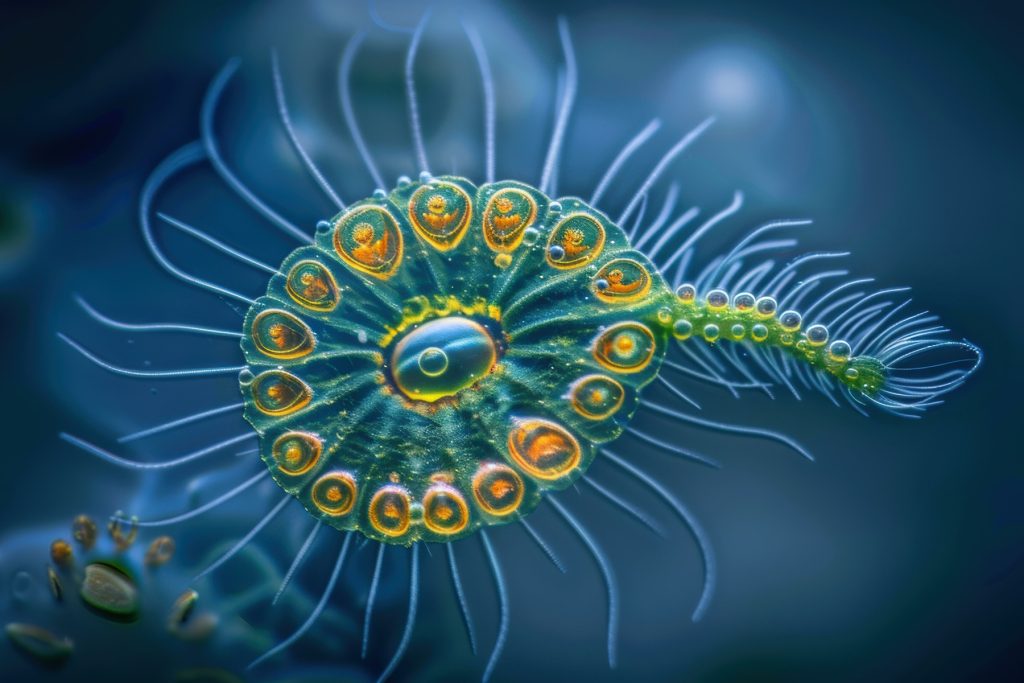Hydronic closed-loop water systems are designed for efficiency and longevity, but they require consistent water treatment to prevent corrosion and biological growth. Without proper control measures, these issues can lead to system inefficiencies, component failure, and costly repairs. Let’s explore the fundamentals of corrosion and biological control, common treatment chemicals, signs of water treatment failures, and what a successful water treatment plan looks like.
Corrosion Control in Closed-Loop Systems
Corrosion is a major concern in hydronic systems, as it can lead to leaks, reduced heat transfer efficiency, and premature equipment failure. The primary causes of corrosion include oxygen ingress, low pH, and improper water chemistry.
Common Corrosion Inhibitors
- Nitrite-based inhibitors – Provide anodic protection by forming a passive oxide layer on metal surfaces. Commonly used in steel and iron systems.
- Molybdate-based inhibitors – Function similarly to nitrites but are often used in combination with other inhibitors for enhanced protection.
- Silicate-based inhibitors – Form a protective barrier on metal surfaces and are effective for multi-metal systems.
- Phosphate-based inhibitors – Help control scaling and corrosion but require careful monitoring to prevent fouling.
- Tannins and Polyphosphates – Organic alternatives that condition water and prevent corrosion in certain applications.
- Film-forming amines – Create a protective hydrophobic layer on metal surfaces, reducing corrosion potential.
Maintaining the correct inhibitor concentration, pH levels (typically 8.0–10.5), and dissolved oxygen control are crucial for effective corrosion prevention.
Biological Control in Closed-Loop Systems
Bacterial and fungal growth in closed-loop systems can lead to biofilm formation, corrosion, and blockages. The presence of biological contaminants can significantly reduce heat exchange efficiency and contribute to under-deposit corrosion (UDC).
Common Biocides and Biological Treatments
- Isothiazolinones – Broad-spectrum biocides that effectively control bacterial and fungal growth.
- Glutaraldehyde – A fast-acting biocide effective in both aerobic and anaerobic environments.
- DBNPA (Dibromonitrilopropionamide) – A non-oxidizing biocide that degrades quickly, making it environmentally friendly.
- Chlorine dioxide – An oxidizing biocide used for severe biological contamination.
- Peracetic acid – Effective against biofilms and can be used in combination with other treatments.
- Biodispersants – Help break up biofilms and enhance the efficacy of biocides.
- Polyquaternary Ammonium Compounds (Polyquats) – Non-oxidizing biocides that effectively control bacterial and algal growth and help disperse biofilms.
Regular microbial testing (e.g., ATP testing or dip slides) helps monitor biological activity and ensures that treatment levels remain effective.
Symptoms of Water Treatment Failure
Even with a treatment program in place, issues can arise if it’s not properly maintained. Here are common signs that the water treatment regimen may be failing:
- Corrosion byproducts – Presence of iron oxide (rust), copper deposits, or black magnetite sludge in strainers and filters.
- Low or fluctuating pH – Indicates chemical imbalance and potential system corrosion.
- Foaming or turbidity – Suggests contamination or microbiological growth.
- Odors (musty or rotten egg smell) – Possible anaerobic bacterial growth.
- Biofilm formation – Slippery or slimy residues inside the piping.
- Inefficient heat transfer – Scaling or biofouling reducing system performance.
- Clogged strainers and filters – Can indicate high particulate levels due to corrosion or biological debris.
What a Successful Water Treatment Plan Looks Like
A well-managed water treatment program involves regular monitoring, proactive chemical treatment, and system adjustments as needed. Here’s what an effective plan includes:
- Baseline Water Analysis – Identify system conditions, metallurgy, and potential risk factors.
- Proper Chemical Selection – Choose inhibitors and biocides suited to the system’s materials and water conditions.
- Regular Monitoring & Testing – Conduct pH, conductivity, inhibitor levels, and microbial testing at scheduled intervals.
- Filtration & Sediment Removal – Use side-stream filtration and magnetic filters to capture particulates and corrosion byproducts.
- Oxygen Control – Ensure proper deaeration and seal leaks to minimize oxygen ingress.
- Routine System Maintenance – Clean strainers, inspect components, and adjust chemical feed rates as necessary.
- Documentation & Trend Analysis – Maintain logs of water quality data to track changes over time and optimize treatment strategies.
By implementing these best practices, facilities can ensure long-term performance and reliability of their hydronic closed-loop water systems. A proactive approach to corrosion and biological control not only extends equipment life but also reduces maintenance costs and energy consumption. For tailored recommendations and professional water treatment solutions, consulting with an experienced water treatment specialist is always a wise investment.

